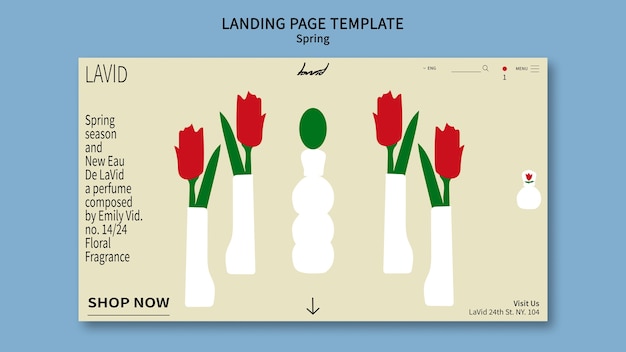Fascinating Facts about Tulips

Tulips are one of the most beloved flowers around the world.
The tulip is the national flower of Turkey.
Tulips belong to the lily family.
The word tulip originates from the Persian word for turban.
There are over 3,000 registered tulip varieties.
Tulips come in various colors, including red, pink, yellow, orange, and purple.
The Netherlands is the largest producer and exporter of tulips globally.
Tulips were brought to Europe in the 16th century from the Ottoman Empire.
During the Dutch Golden Age, tulips were so highly valued that they were used as currency.
Tulips are commonly associated with love and passion.
Tulips are generally easy to grow and care for.
The Netherlands holds an annual Tulip Festival, showcasing millions of tulips in bloom.
There are several tulip-themed festivals worldwide, including in the United States, Canada, and Japan.
The petals of tulips are edible and can be used in salads or desserts.
Tulips can symbolize spring, renewal, and optimism.
Tulips require a period of cold dormancy to bloom successfully.
A single tulip bulb can produce multiple blooms over several years.
The black tulip is a highly sought after and rare variety.
Tulips have been used as medicinal plants throughout history.
The first recorded speculative tulip mania bubble occurred in the Netherlands in the 17th century.
Tulips can be used as a natural dye to create vibrant colors.
Fascinating Facts about Tulips part 2
Some tulips have unique patterns or fringed edges on their petals.
Tulips can grow in both pots and flower beds.
Tulips have been hybridized to create double-flowered and parrot tulips.
The Dutch Royal Family has a tradition of naming new tulip varieties after members of their family.
Tulips have a long vase life and make beautiful cut flowers.
Tulips are the birth flower for the month of April.
The world’s tallest tulip reached a height of 76.2 centimeters (30 inches).
Tulips thrive in areas with cold winters and hot, dry summers.
Some tulips have a delightful fragrance.
Tulips can be propagated through division or from seeds.
In Islamic folklore, tulips are said to represent paradise on Earth.
Some tulip bulbs have been known to survive in the ground for over 100 years.
Tulips can attract bees, butterflies, and other pollinators.
Tulips have been featured in various works of art, including paintings by Vincent van Gogh.
Tulips were once considered a luxury item and status symbol.
Tulips can be used as natural pest deterrents in gardens.
Tulips can be found growing in wide landscapes or in intricate floral arrangements.
Tulips can be incorporated into wedding bouquets for their elegance and symbolism.
Tulip festivals often include music, cultural activities, and food vendors.
Tulips have been used in traditional medicine to treat throat and respiratory ailments.
Tulips have been genetically modified to display unique colors and patterns.
Tulip bulbs are rich in starch and were used as a food source during times of famine.
Tulips can be propagated by tissue culture to ensure disease-free plants.
Tulips have a rich history and continue to captivate gardeners and flower enthusiasts worldwide.

